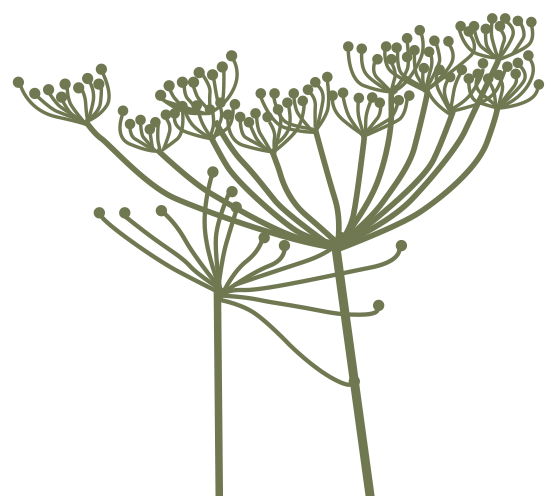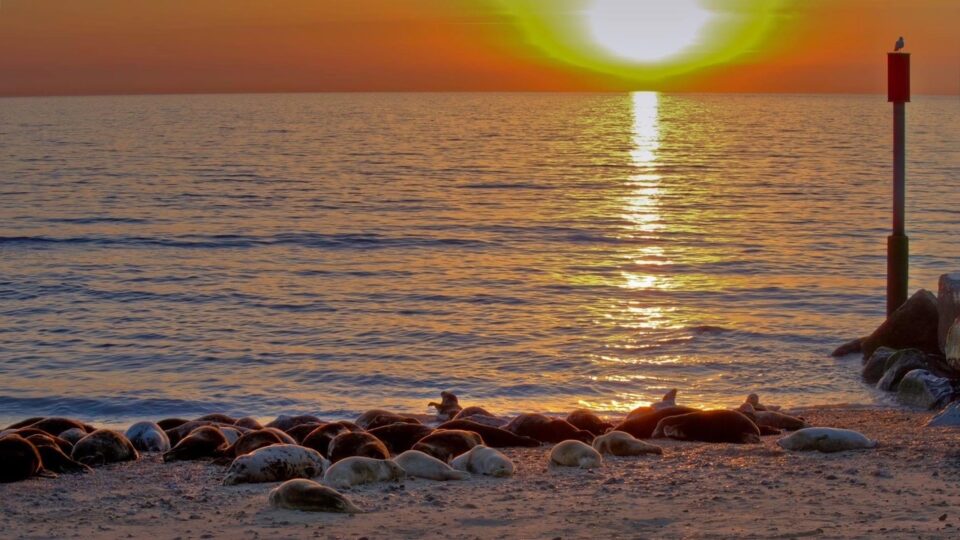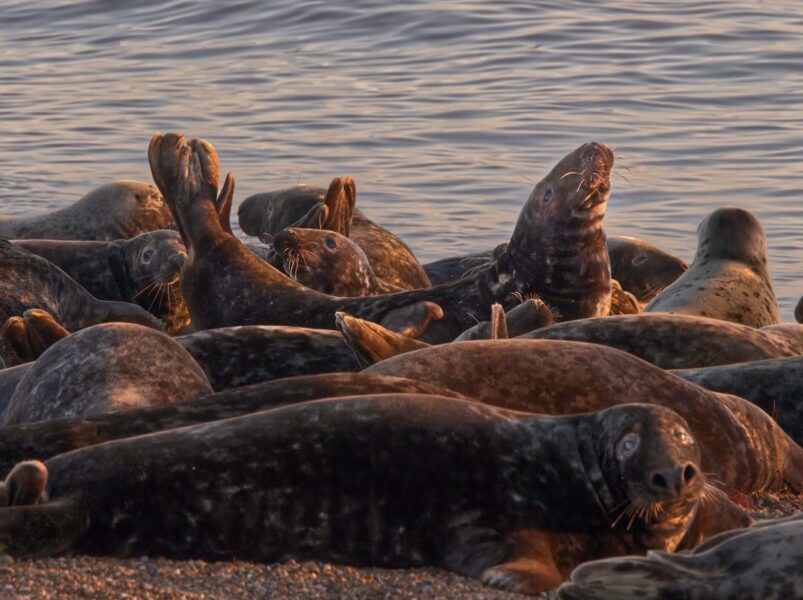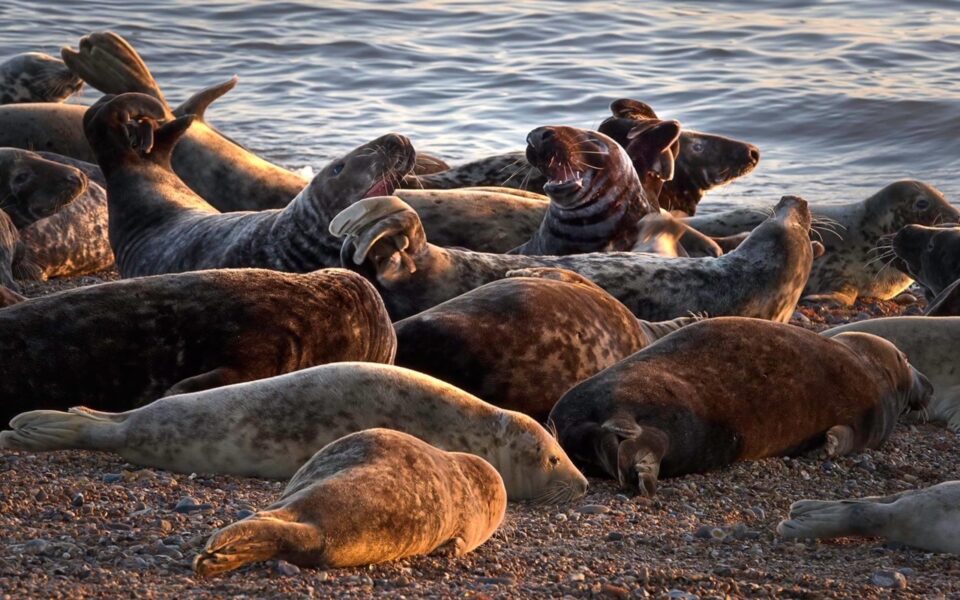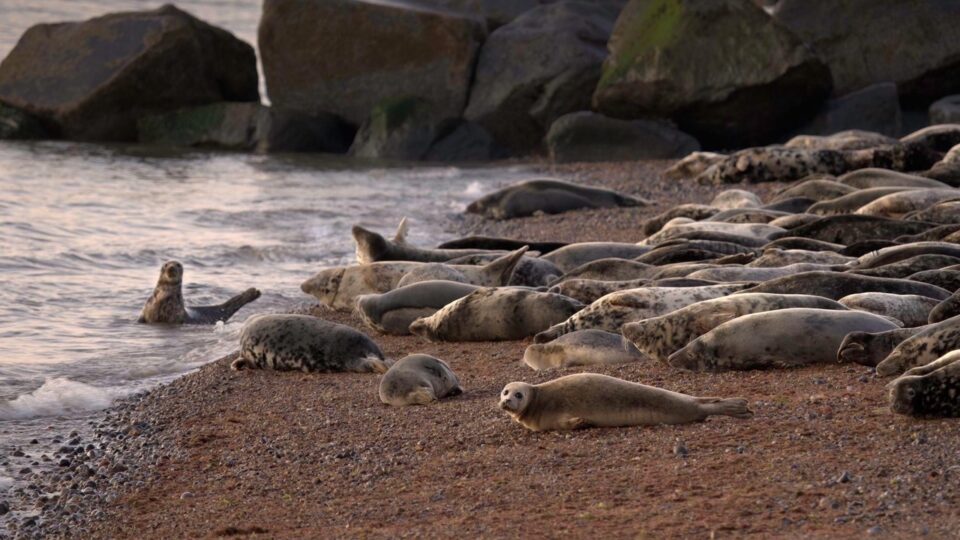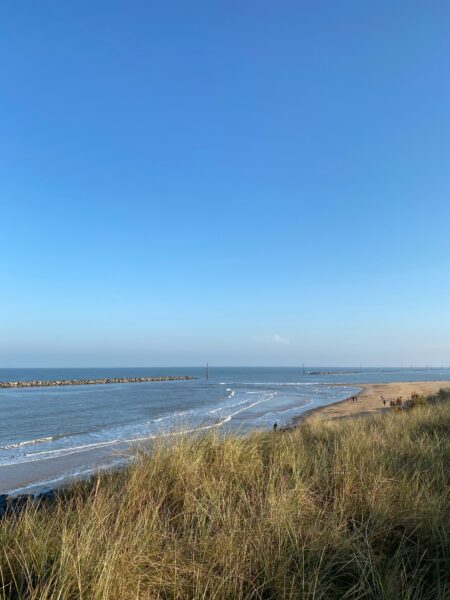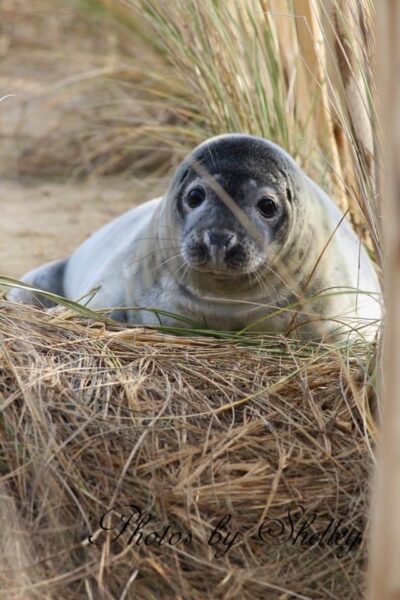Here in Britain, we’re lucky that nearly half the world’s population of grey seals are found around our coastline. Every winter, hundreds of female grey seals return to the Norfolk coastline to give birth and provide a wonderful sight that locals and visitors enjoy.
Grey seals are larger than Common seals and have long, pointed heads and speckles on their coats. They arrive in large numbers starting in October-November, and their pups are generally born a day later. They certainly have the “cute” factor with fluffy white fur and big dark eyes. They grow very quickly and can put on 2Kg per day, fed on a rich diet of milk which is 60% fat, and after only 3 weeks, their mothers will leave them. Over the next few weeks, they do not feed, relying on their fat reserves, but will moult their white coat to become fully waterproof and eventually make their way to the sea, where they have to learn to feed themselves.
If you want to come to Seal Watch in Norfolk and see baby seals, then Horsey beach is the place to come. You can park at Waxham and follow the coastal path to Horsey.
Visiting the seal colony at Horsey, especially when the grey seals have their babies in the winter, is an amazing site. Around half the world’s grey seal population is found in the UK, and they are a protected species and come onto the beach at Horsey to have their babies and breed.
Last year over 2,000 fluffy white seal pups were born on the beach. It’s one of the highlights of Norfolk’s seasonal wildlife calendar and a must-see. It is magical to see these animals, but they are vulnerable to disturbance from people and their dogs, so please keep your distance and follow the advice given by the volunteer wardens at the beach during pupping season.
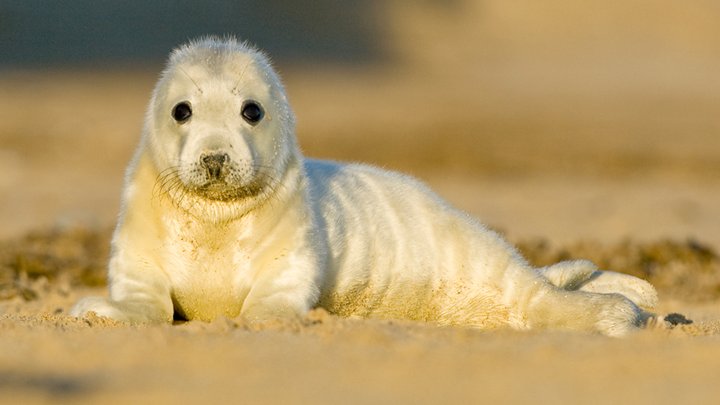
Horsey Gap Beach
https://goo.gl/maps/8PMDneispwuSKLUcA
Just a few miles away, Horsey Gap Beach is home to The Atlantic Grey seal colony at Horsey. The flat beaches, shallow waters and high dunes offer seals an ideal location for giving birth. However, Horsey is closed to the public during the pupping season (October to February). You can still access two great viewing areas on the top of the dunes. The paths are roped off and clearly marked, so you will be able to see the seals without disturbing them.
Winterton Beach
https://goo.gl/maps/7ggkfqo58AjzMbtn6
This beach has become a popular place to see seals. In the winter months, the Horsey seal colony spreads out to Winterton. Even in the Summer, you’ll see seals swimming in the sea or sunbathing by the groynes. If you don’t see enough seals at Winterton, you can always walk along the beach to Horsey.
Waxham Beach
https://goo.gl/maps/qSzvRb4qjVPebzAe6
Just next door from Horsey, this lesser-known beach is a lovely place to see seals. If you have binoculars, bring them as you can spot several playing and swimming in the sea.
Blakeney Point and Morston
https://goo.gl/maps/9Cm3xddUwzayWHWS8
Head towards the North Norfolk coast for a boat trip to see common, and grey seals any time during the year. Seal-watching trips usually last for one hour and run daily from Morston and Blakeney on the high tide.
Seals are very vulnerable during the pupping season, and visitors are asked not to get too close as mothers are territorial and will abandon their pups if disturbed. Every year, many pups will end up at local rescue organisations after being abandoned by their mothers or even drowning, having been pushed into the sea by visitors who think they are doing the correct thing seeing a pup alone on the beach.
The seals at Horsey are monitored by a voluntary organisation, Friends of Horsey Seals, who ask that visitors remember they are wild animals and have a nasty bite. Please avoid walking on the beach close to the seals and ensure that all dogs are kept on leads – there are marked viewing areas along the dunes to keep both seals and people safe.
For more info, visit Friends of Horsey Seals.

